Walnut
Recognizing walnut
Walnut is recognized by:
- Its short gray trunk
- Its alternate composite leaves with 5-9 leaflets
- Its fruit: the walnut
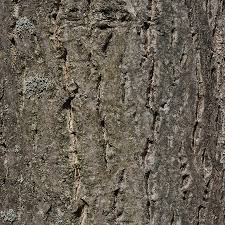
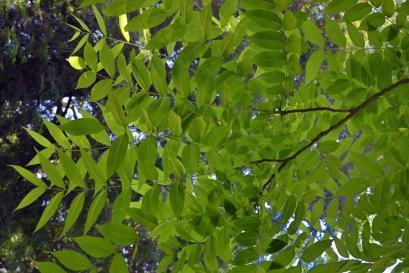
Sites favored by Walnut
Temperatures
Mild annual average with a minimum six months over 10°C. This species likes warmth during the growing period but does not like frost. It likes semi-shaded conditions.
Rainfall
Annual average of over 700Â mm per year.
Soils
This species likes deep, rich, porous soils. It does not really tolerate waterlogged or dry soils. It is not often found on acidic soils. One distinguishing factor: relatively rich soil.
Root development of the walnut
- Marked taproot system
- Very deep root development
Walnut plantation
| Density | Spacing | Benefits and drawbacks |
| 70-400 plants/hectare | 10-12Â meters between each stem | Rapid and abundant fruiting (from 15 years of age). Does not like competition, especially from weeds. Requires considerable maintenance with formative and other pruning. |
Final density: 50-100 stems/hectare
Growth and production of walnut
- Regular growth
- Production of 1-5Â m3/hectare/year (depending on site).
Walnut wood
- Brown heart and fairly indistinct sapwood
- Easy sawing, dries without cracking or deformation.
- Well-reputed wood, sought after for cabinetwork.
- Also used for joinery and sculpture.
- Trade name: Walnut

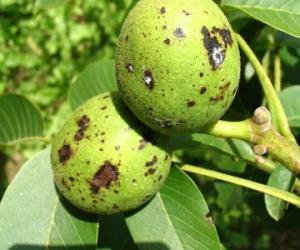
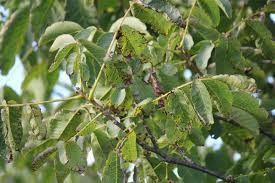
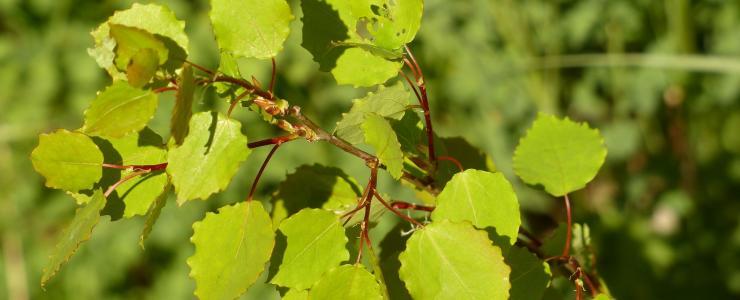
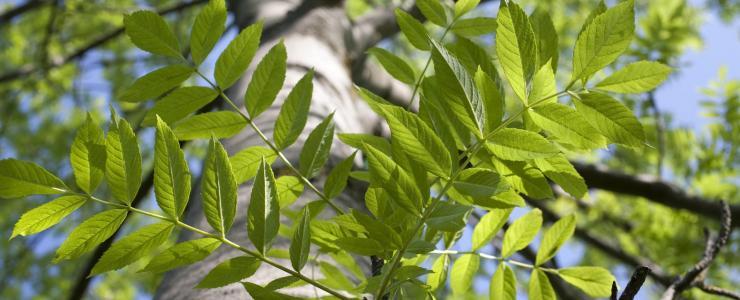
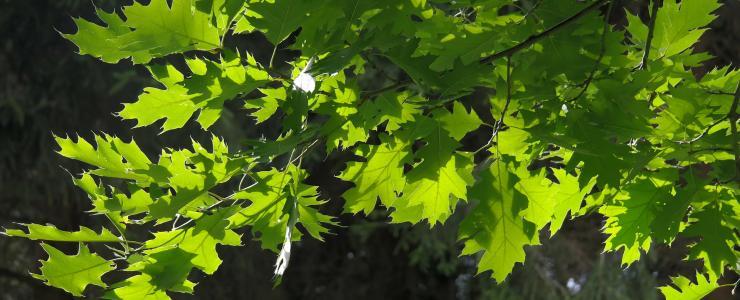
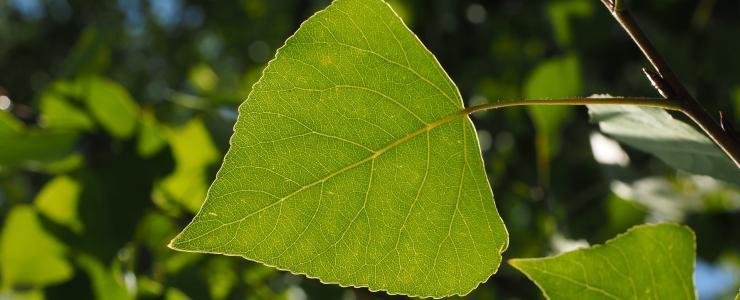
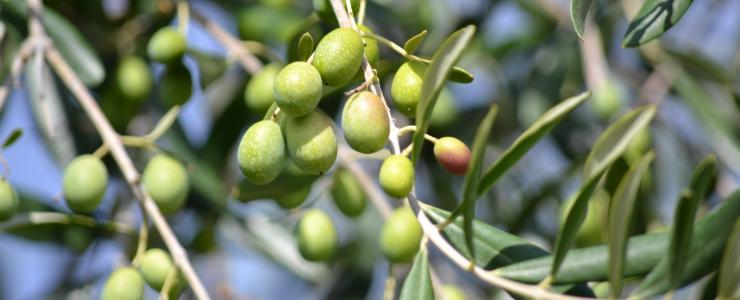
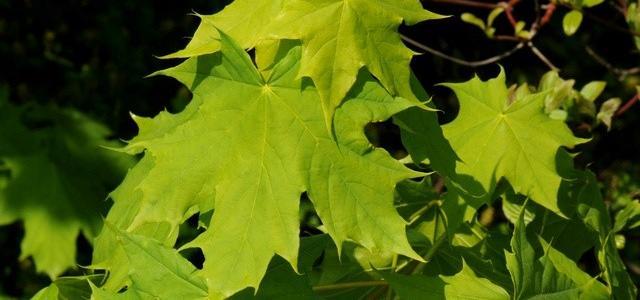
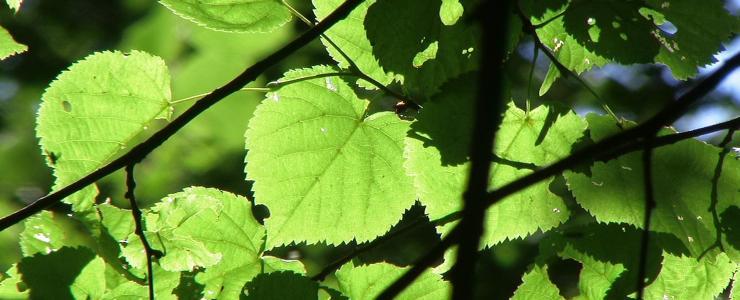
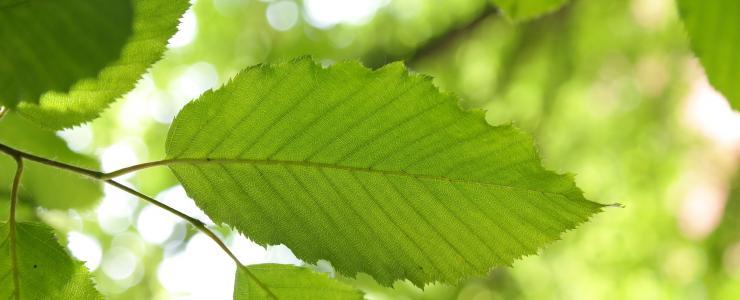
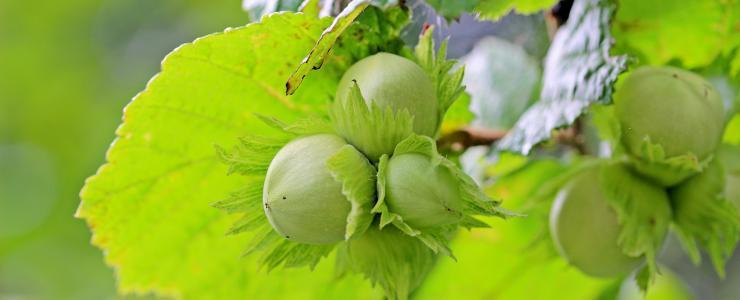
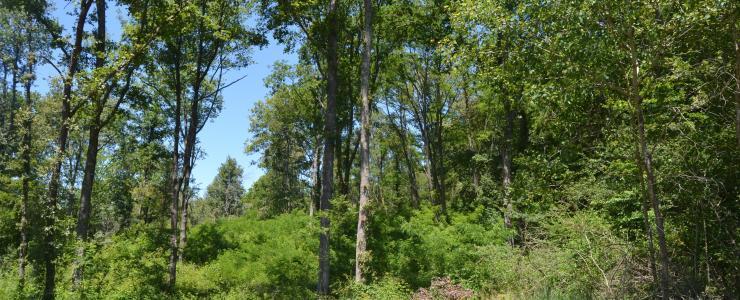
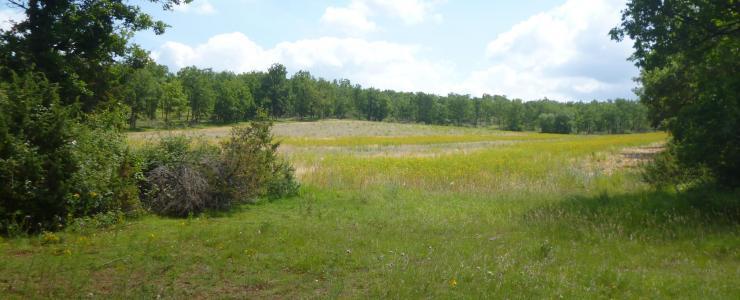
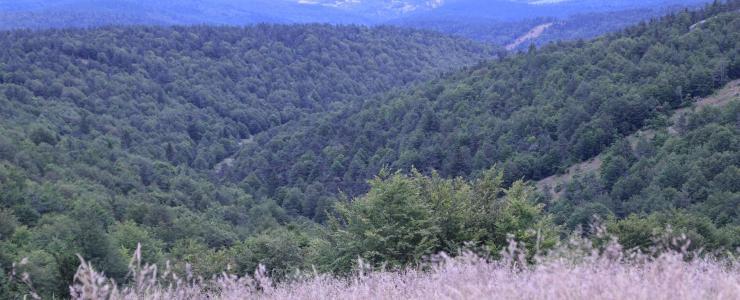
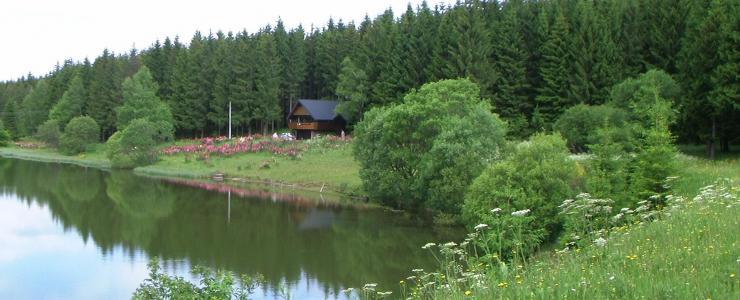
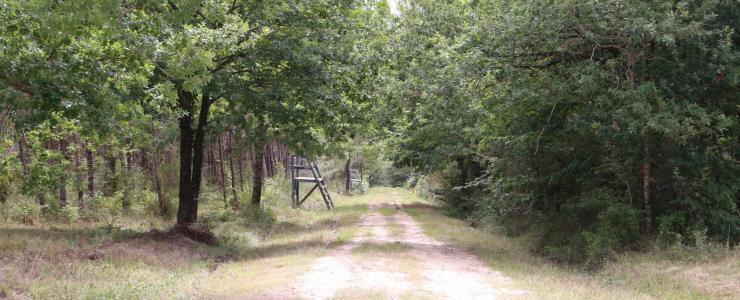
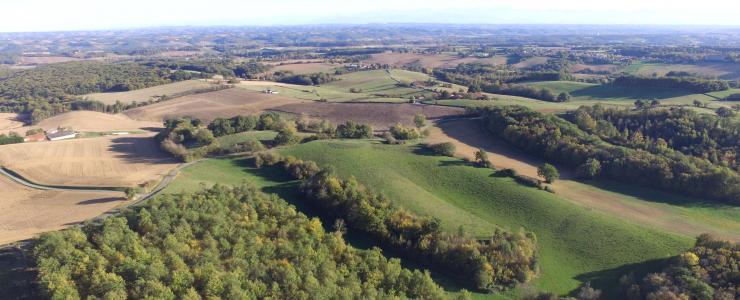
Economic view
The walnut is mainly reputed for its nuts, which it produces in large quantities. However, it also a good timber producer.
It is thus significant in two market segments:
France is the largest producer of walnut in Europe; the Common Walnut is most frequently found here. The hybrid walnut is mainly grown for the quality of its wood (but it also produces fruit).
Other than its physical properties, making it important on various markets, the walnut is also sought after and appreciated for its aesthetic qualities. It is seen as a luxury material in cabinetwork and sculpture when its color is faultless.
The walnut is valued for both functions so the acquisition of a walnut plantation is a wise economic decision. However, this kind of forest is rare, especially on large plots, although the species is favored in certain regions. The walnut is more frequently found east of Aquitaine, in the Vercors, Savoie and in Île-de-France.
The Walnut is thus a valuable species, and Forêt Investissement remains on hand to advise on acquisition.